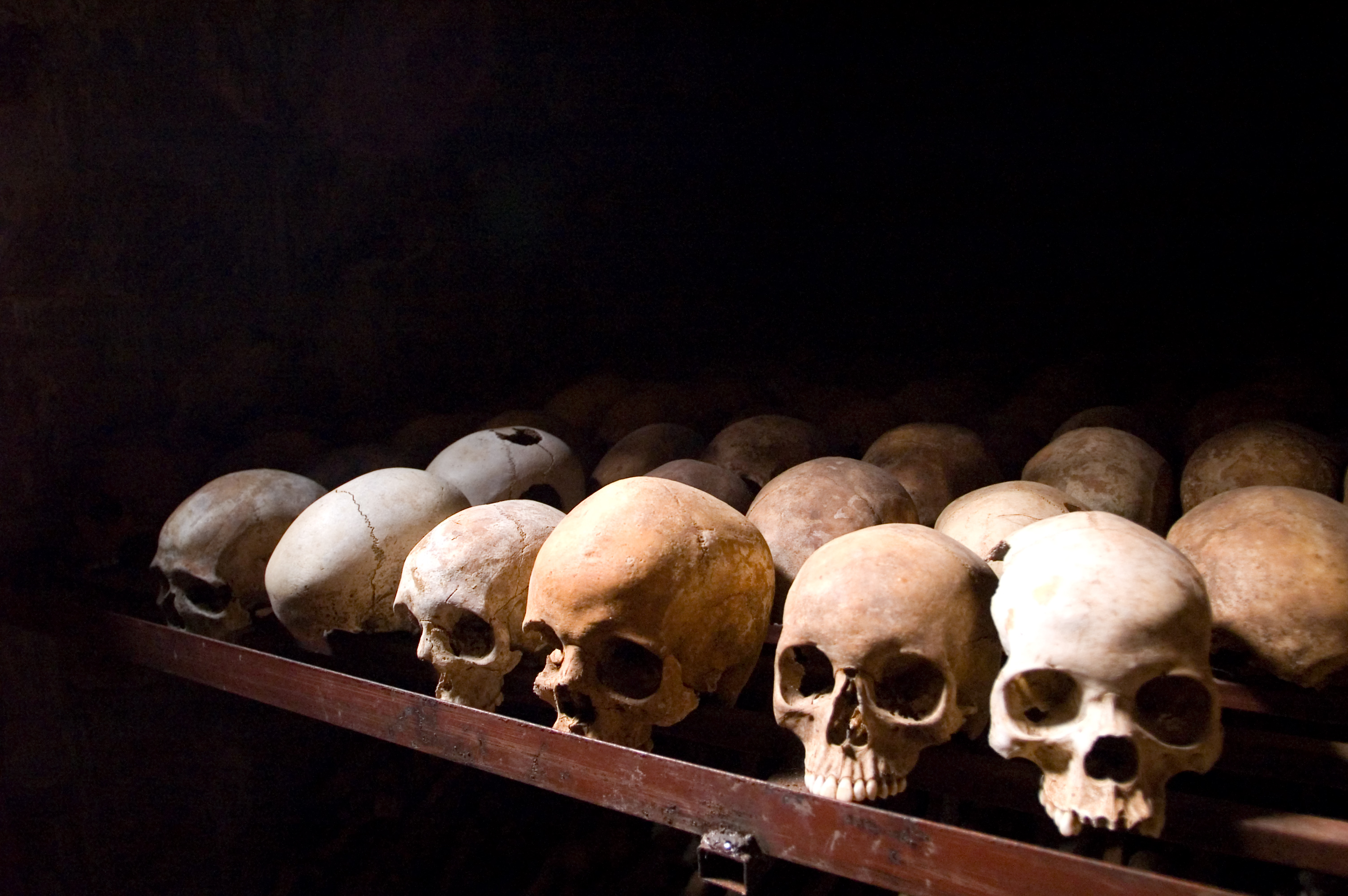
Genocides in history (World War I through World War II)
Genocide is the deliberate and systematic destruction, in whole or in part, of an ethnic, racial, religious, or national group. The term was coined in 1944 by Raphael Lemkin. It is defined in Article 2 of the Convention on the Prevention and Punishment of the Crime of Genocide (CPPCG) of 1948 as "any of the following acts committed with intent to destroy, in whole or in part, a national, ethnical, racial, or religious group, as such: killing members of the group; causing serious bodily or mental harm to members of the group; deliberately inflicting on the group's conditions of life, calculated to bring about its physical destruction in whole or in part; imposing measures intended to prevent births within the group; [and] forcibly transferring children of the group to another group."[1]
For broader coverage of this topic, see Genocides in history, Genocides in history (before World War I), Genocides in history (1946 to 1999), and Genocides in history (21st century).The preamble to the CPPCG states that "genocide is a crime under international law, contrary to the spirit and aims of the United Nations and condemned by the civilized world", and it also states that "at all periods of history genocide has inflicted great losses on humanity."[1]